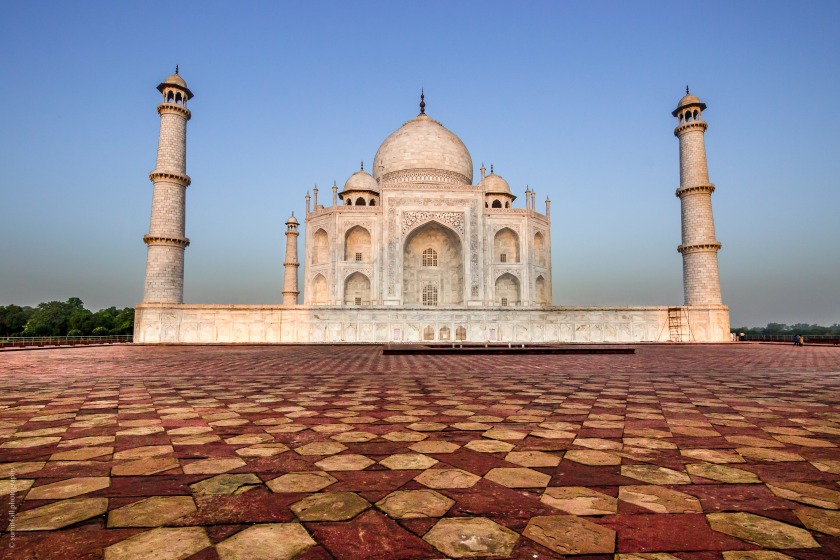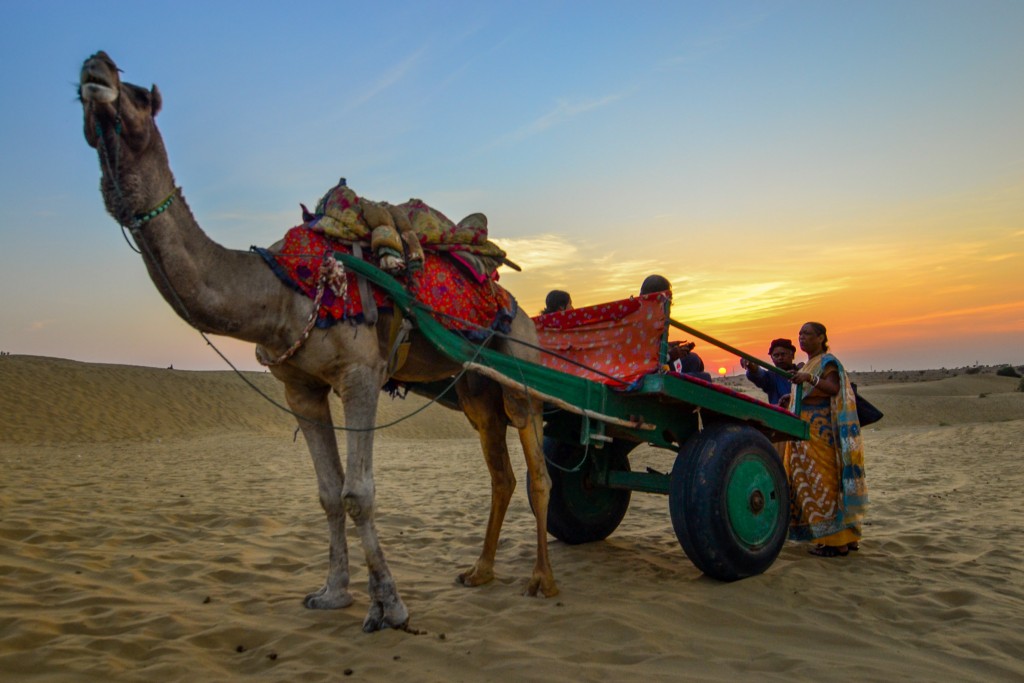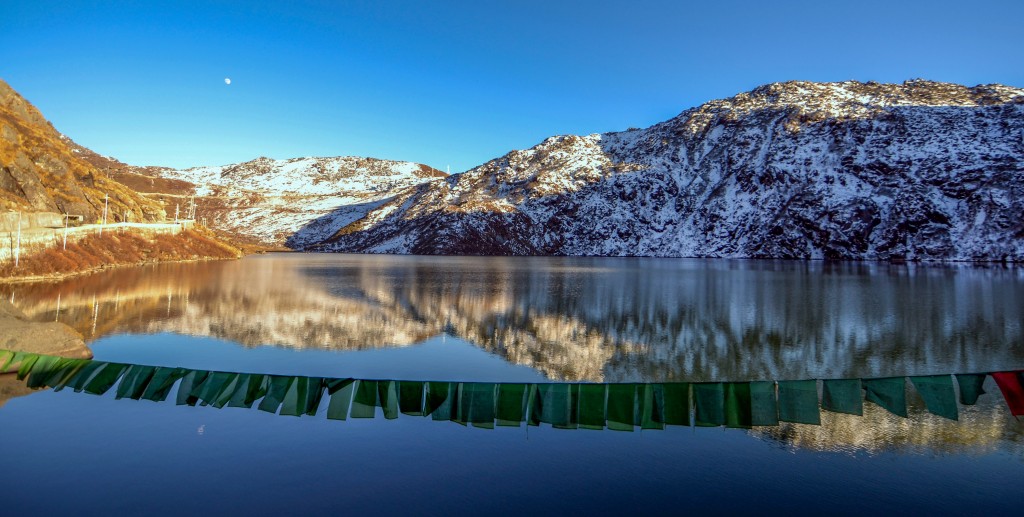Every aspiring photographer has drooled over the state of the art professional photography gear used by the best in the field. The 5d Mark III or the D800 with a 10-24mm, 24-70mm and 70-200mm f2.8 along with a couple of speedlights, a light stand, a carbon fibre tripod is certainly what everybody dreams of having for getting that perfect photograph.
‘If only I could have that camera or lens’
is what all of us have said at some time. The creative journey of a photographer goes through many milestones, and I think everybody realises at some point that the camera (and other gear) doesn’t really matter that much, and great award winning photographs can be taken with just a smartphone or any point and shoot camera. That is not to say that gear is not important, but to emphasize that its importance is only limited as a tool, and the contribution of the gear you have in the final quality of images you produce is only limited by your own skills as a creative ‘see-er’, a visualizer of ideas and an artist.
In this article I have tried to summarise the steps a photographer goes through (if one does) as photography goes from being a hobby to a profession to an obsession. The steps are obviously a figment of my imagination depending on where I am in my photographic journey, and other less or more experienced photographers might have different views on the topic. The first stage is when any of us start taking photos – our aim is just to capture what is happening, making a record of memories in time, and the only thing expected of us is that the photograph should not be too bright or too dark (properly exposed).

The technicals were important – but the low angle very close to the ground, a wide angle lens, and the effort to get up early to be the first one in at this spot during sunrise made this picture. It could have been even better if I would have come back on a cloudy day.
The second stage comes after some months or years of shooting like this, when we start to develop an interest in creating beautiful photographs and are intrigued by the possibilities of our camera. Now we pick up our camera and start taking pictures without people actually asking or demanding that from us. Whenever we get a photograph that is better than most of what we have already taken, we reward yourself with a big smile on our face – though we have no idea why that certain photograph has come out so good. This is also the time we start noticing the TV/magazine/newspaper advertisements about that advanced camera photographers are supposed to have. If any of our friend(s) have a DSLR, we start asking them what camera do they have, and which one should I buy?
The third stage arrives when we are the proud owner of our new camera, a gorgeous device capable of making great photographs. But now we are bombarded with all such buzzwords like exposure, ISO, aperture, shutter speed, compensation which we have no idea about. We only want to make good photographs, but have no clue how to use our new camera in anything but the ‘auto’ mode. We realize our lack of technical knowledge, and we start reading about technique, buying more gear (lenses, filters, remote shutter control) as we realize the use for them. We are excited and enthused as the (technical) quality of our images start going up. Images are in sharp focus, with proper lighting, and we use depth of field and shutter speed to your advantage. We even read about composition. But while our images are certainly getting better, they seem to be lacking something when compared to the images of the known masters.

I was exhausted after running around and lying in the sand around the camels to get this perfectly timed shot during sunset. The exposure and the focal length had to be right, but those were the easy parts of making this photo.
After lurking around in technological city for some time, we will eventually realise that it is a dead end. The best camera is nothing but just a tool, and it does not guarantee the quality of our images. We realize that composition, direction and intensity of light sources, the balance between highlight and shadows and other deep ideas are what separates a great photograph from a good one. This is probably the time when we realize that taking a good black and white photograph (which we used to scorn at) is more difficult than taking a color one. We also realize that a black and white photograph can often say more than an equivalent color one, due to its tonal range and various shades of grey. Fortunately or unfortunately, all these are not quantifiable aspects, and hence much more difficult to learn. I believe most people get stuck in this stage. It is in this stage you start reading about the history of photography, about the Ansel Adams , Robert Capa’s and Henri Cartier Bresson’s of this world, and start reading books that are about photography but nothing to do with our camera or gear. This is the fourth stage.
What comes next (the fifth stage) is the longest and most testing stage in any photographer’s journey. If one has the patience and tenacity to stick through this phase, this is also the most rewarding. This is the phase of practice, practice and practice, where in we focus on WHAT (rather than HOW) to photograph and begin to take a series of connected exposures, continually learning and improving in the process. In this phase the photographer begins to search for his ‘voice’ and rather than merely recording technically correct exposures, and starts expressing himself via his photographs. He is honing his craft, often being excited and disappointed at the outcomes of his work. This phase can take years and decades as the photographer is becoming an artist.

The deliberate act of putting the Buddhist Flags in the foreground, with the sunlit reflection during sunset made this picture. The moon is like the icing on the cake. Don’t even ask about the camera or technical details 🙂
The final stage is when we have ‘made it’, or to say the ‘aha’ moment. At this stage the artist just creates artwork with his camera. He know what message his photographs should convey, and goes about expressing his voice. One can also say that this stage is a myth and no-one actually reaches this stage. The previous stage is where most photographers are, as I believe there is no end to an artist’s journey, be it in photography or in any other arts.
